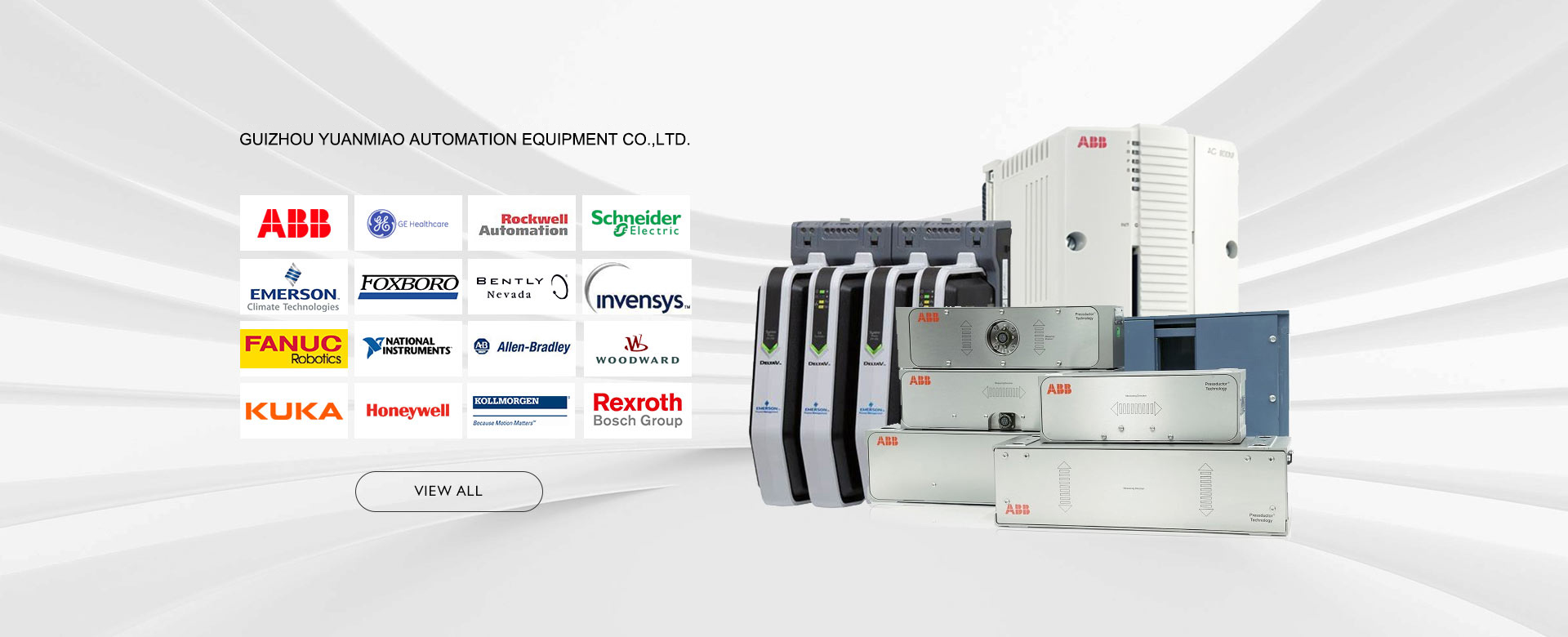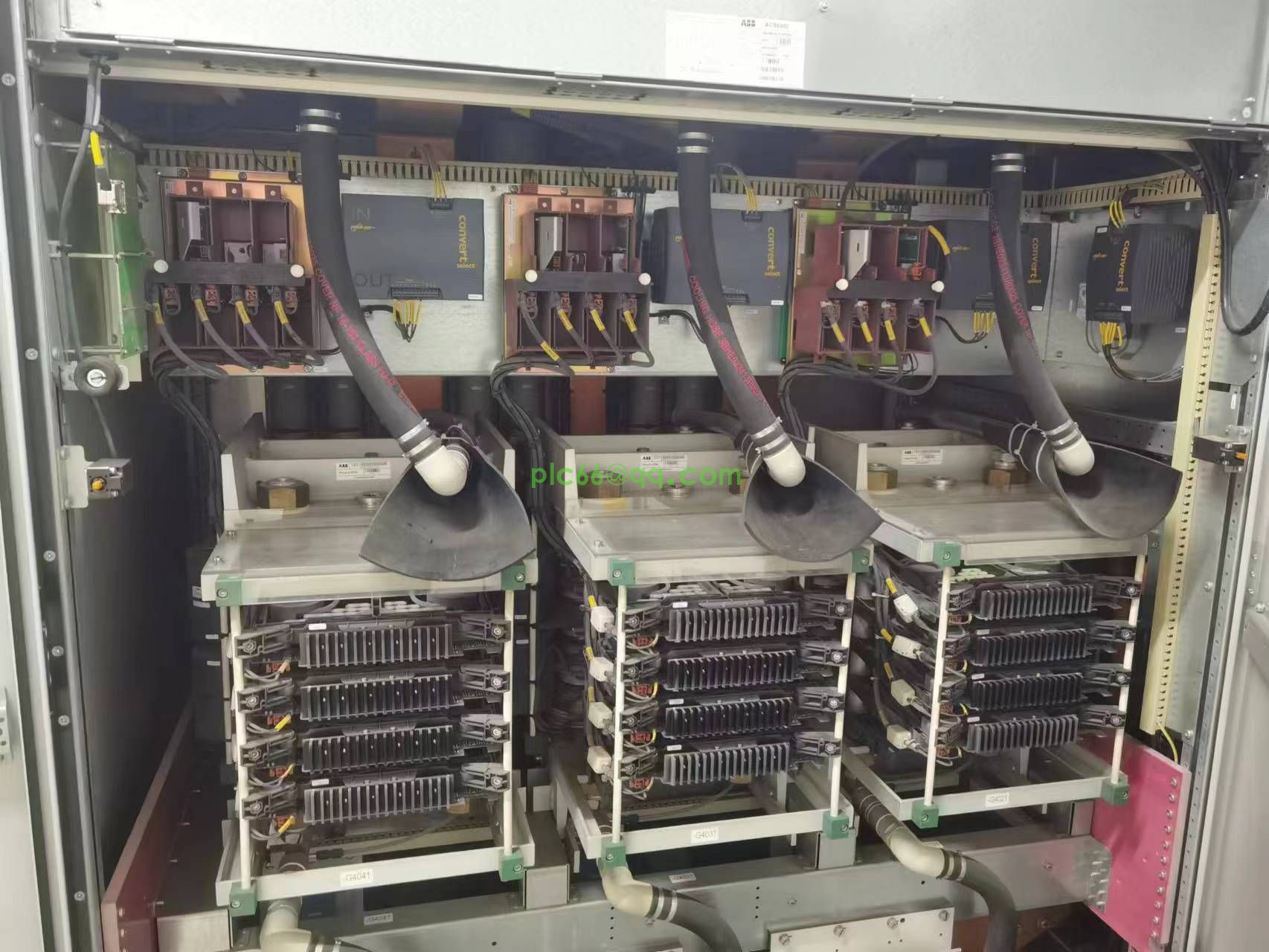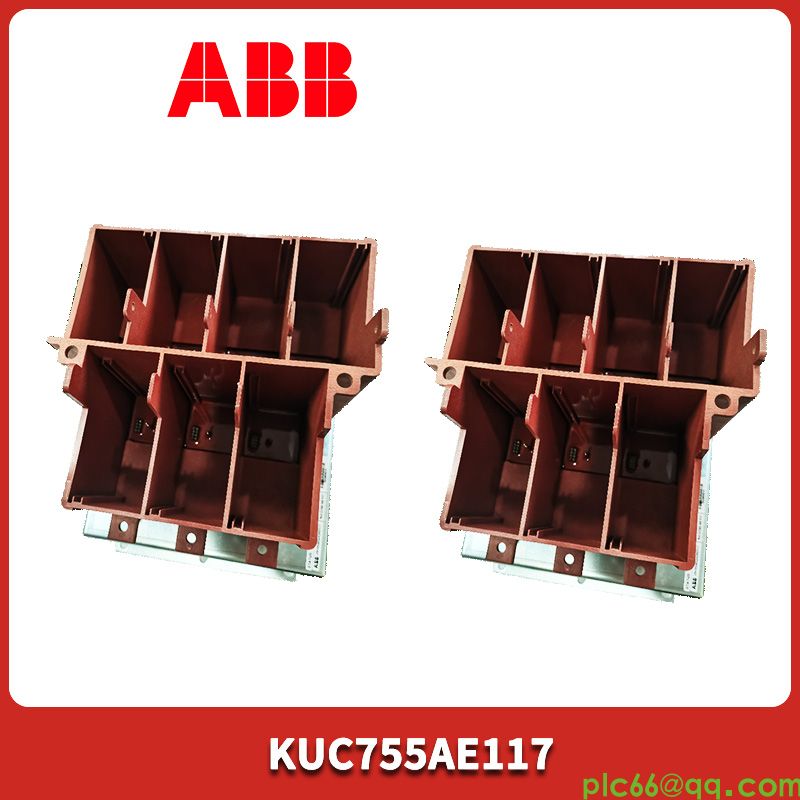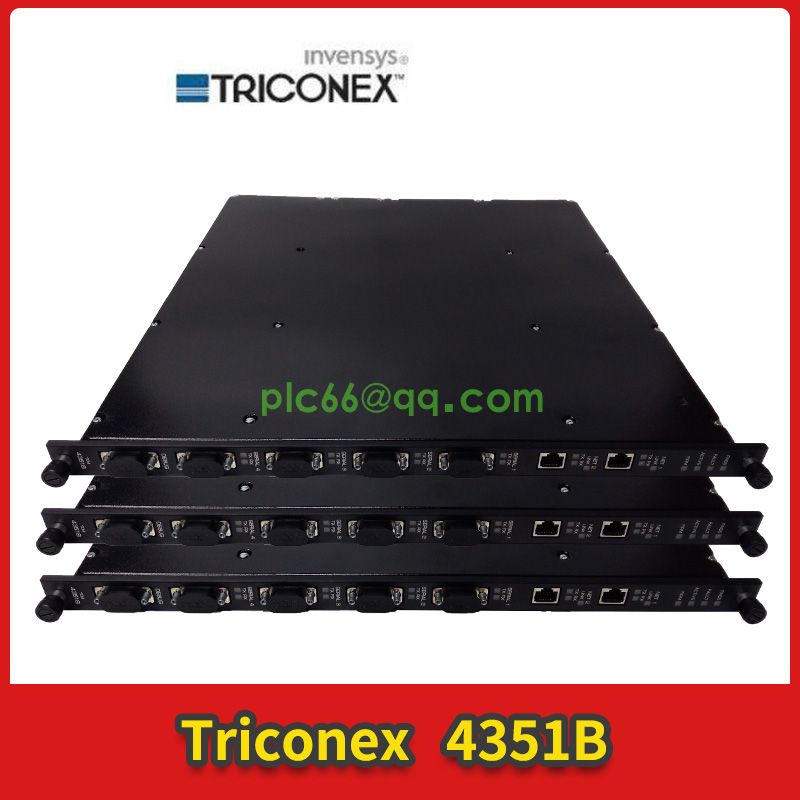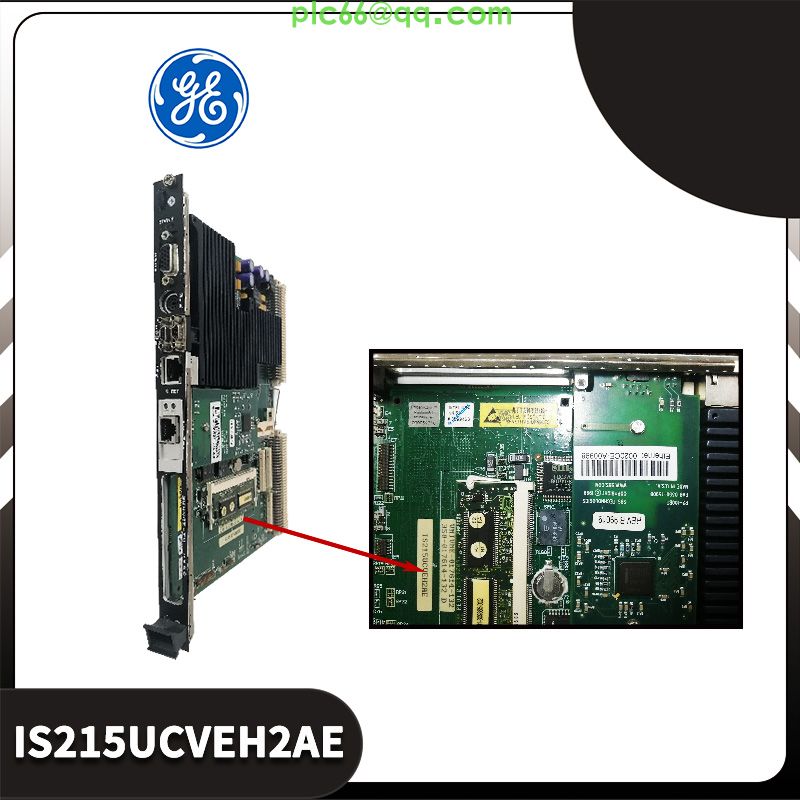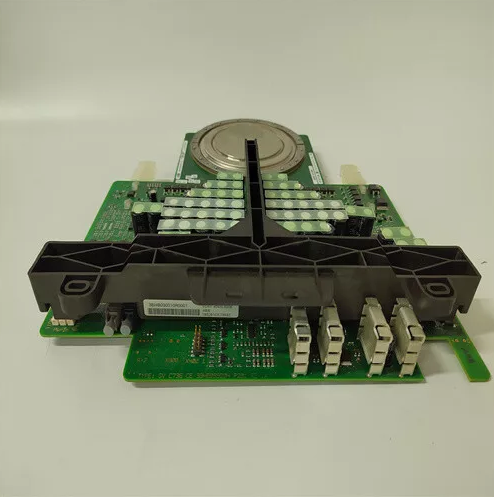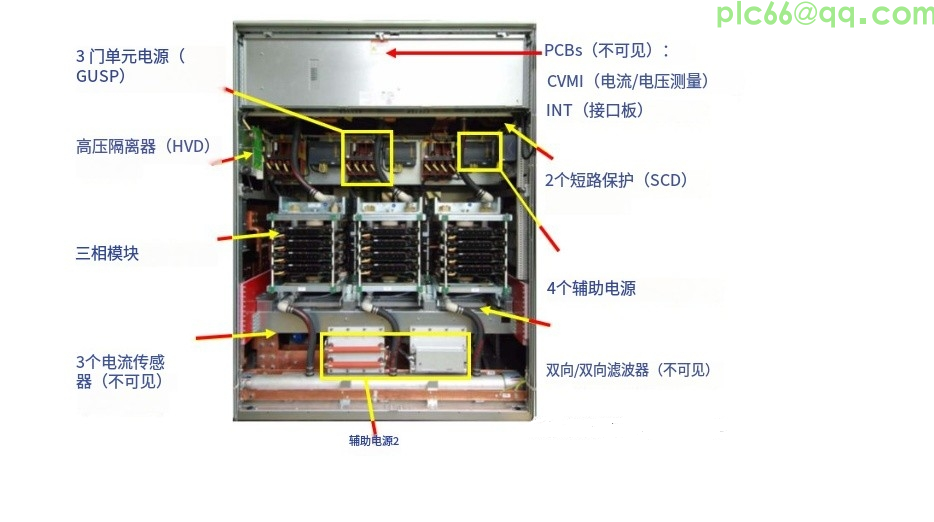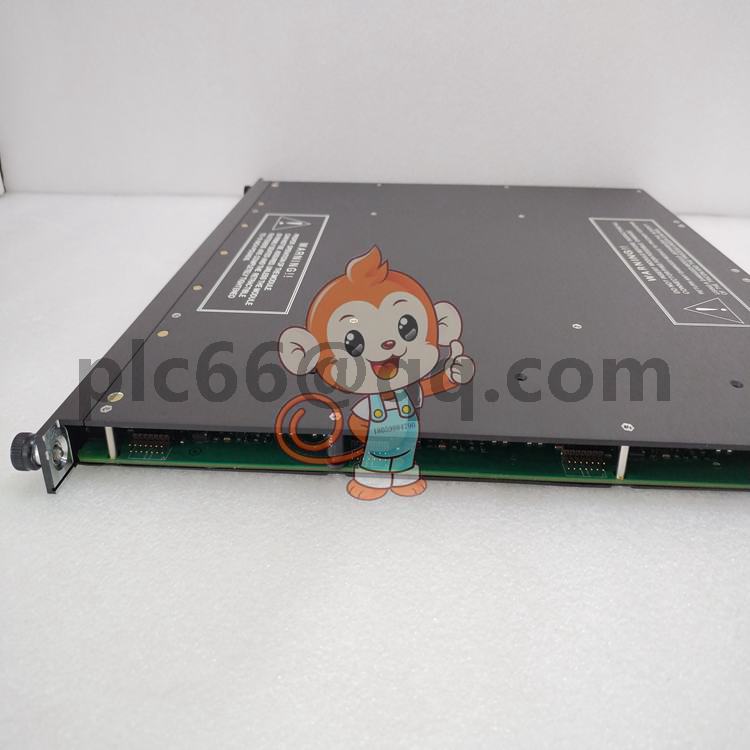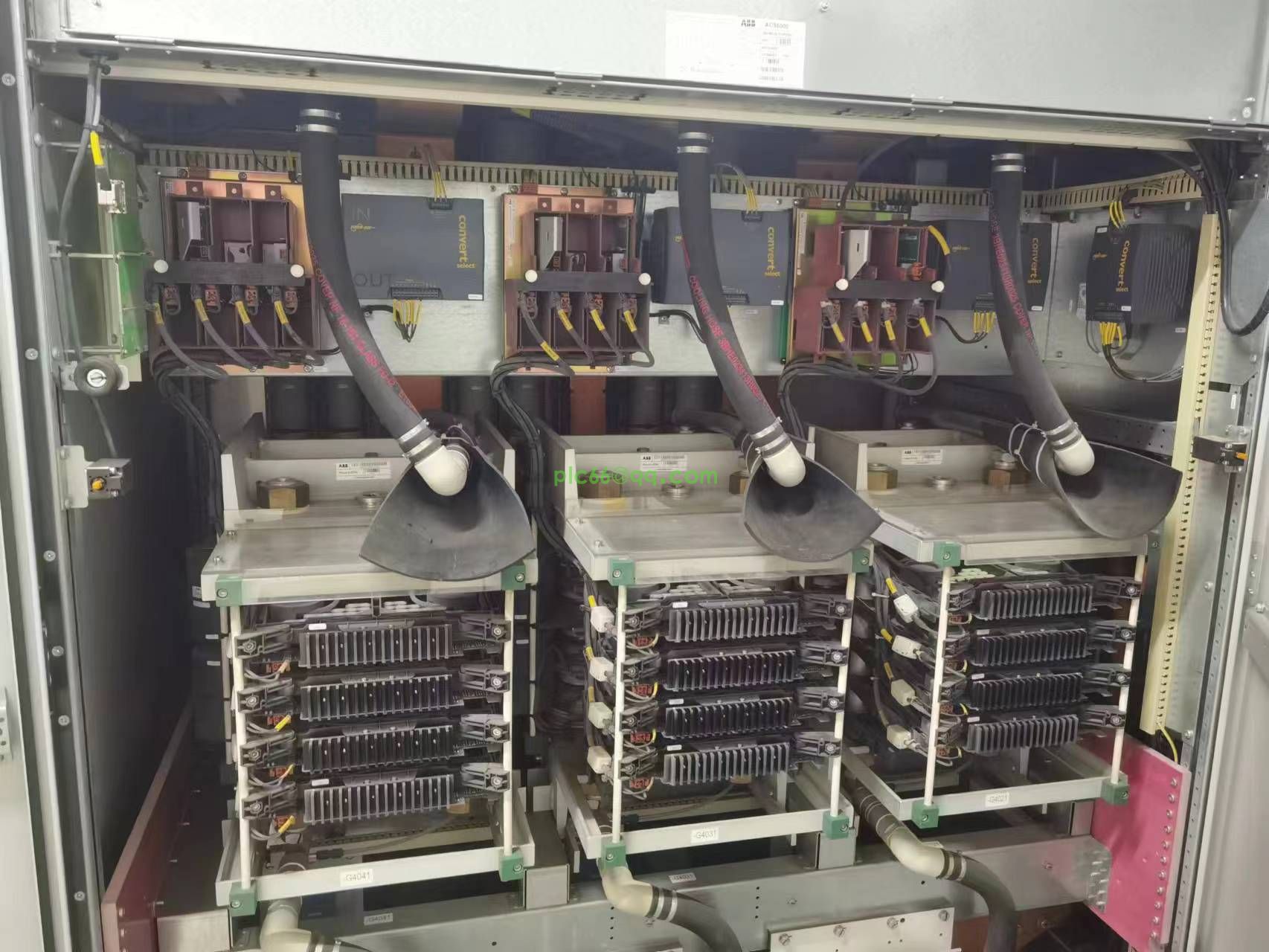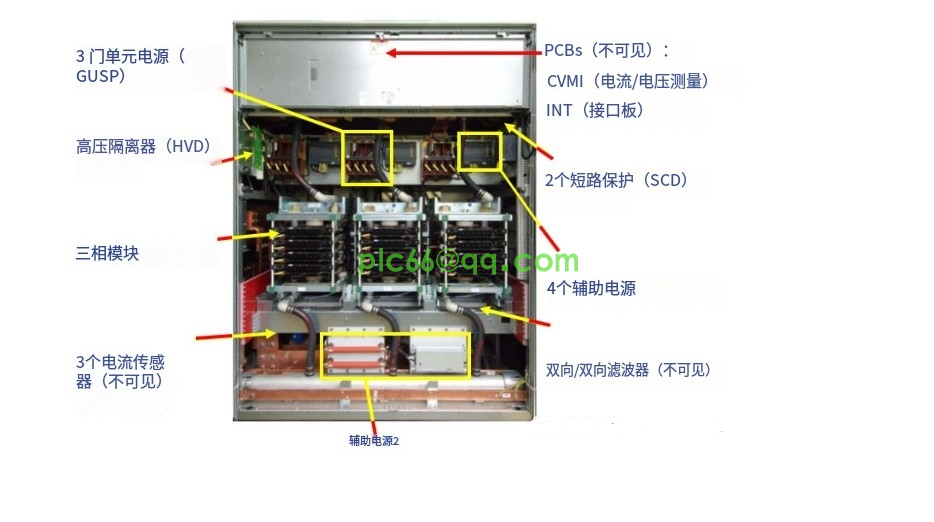Featured
Contact Us
Contact: YMGK Industrial Control
Phone: +86 18059884790
E-mail: plc66@qq.com
Add: whatsapp+86 18059884790
- Warehouse: Spot
- Warranty: 365 days
- Quality: Original module
- Condition: New / Used
- Shipping method: Courier delivery
- Contact person: Linda
- Contact number: +86 18059884790
- WeChat:18059884790
- E-mail: plc66@qq.com
HIMA 42100 is generally an input and output module. It is widely used in industrial automation control systems, especially in occasions with high safety requirements. Some features and advantages of this module include: Multiple signal processing capabilities: It can process multiple types of input signals, such as analog signals (such as 4 - 20mA current signals, 0 - 10V voltage signals, etc.) and digital signals. At the same time, it can also provide corresponding output signals to control external devices, which can meet the interface requirements of different industrial field devices. High reliability: Designed in accordance with strict safety standards and equipped with fault self-diagnosis function. It can monitor its own working status in real time. Once a fault is found, corresponding measures can be taken in time, such as sending an alarm signal or switching to a safe state to ensure the stable operation of the entire system. Redundant design: To improve the reliability and availability of the system, some HIMA 42100 modules may adopt redundant design, such as dual-redundant power input and dual-redundant communication interfaces. In this way, when a certain component fails, the redundant part can take over the work immediately to avoid system shutdown. High safety integrity level: It meets the requirements of higher safety integrity levels, such as SIL3 level, etc., and is suitable for safety-critical application scenarios such as safety control systems in petrochemical, power, pharmaceutical and other industries.
HIMA 42100
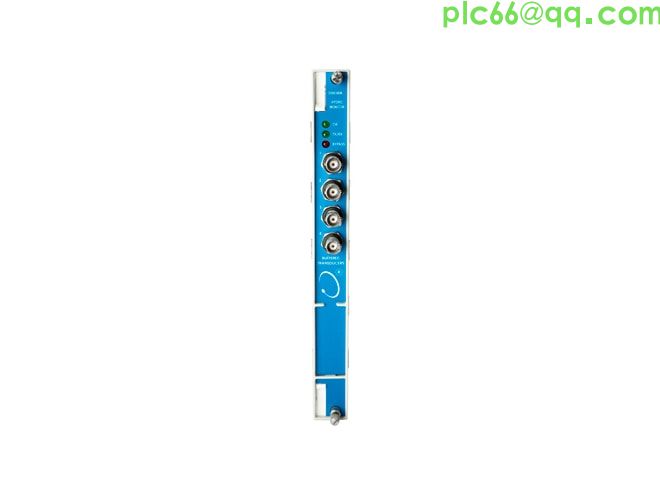
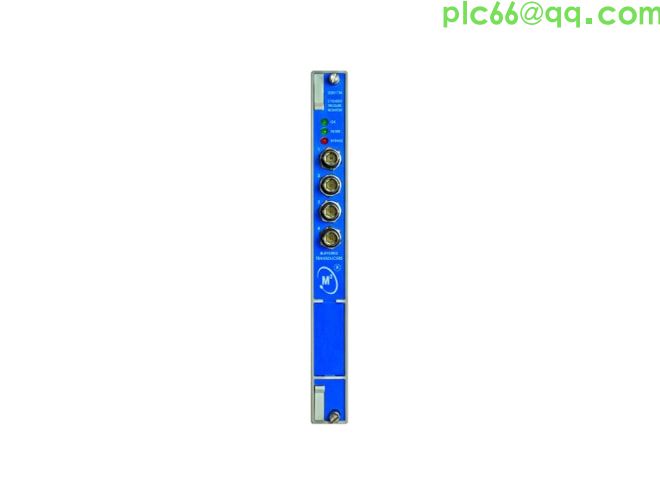
The HIMA 42100 module is suitable for industries with high safety requirements and the need for reliable logic control, as follows:
Petroleum and natural gas industry: In petroleum extraction, refining, and natural gas processing links, there are risks such as flammability and explosiveness. The HIMA 42100 module can be used in emergency shutdown systems, fire and gas monitoring systems, and the logic control of various key equipment to ensure a rapid safety response in case of abnormal situations and protect the safety of personnel and equipment.
Chemical industry: The chemical production process is complex and involves multiple dangerous chemicals and working conditions such as high temperature and high pressure. This module can be applied to the safety interlock control of chemical plants, the temperature and pressure control of reaction kettles, and the logic management of material transportation systems to prevent accidents and ensure the safety and stability of the production process.
Power industry: Whether it is thermal power generation, hydropower generation, or other new energy power generation, the stable operation of the power system is crucial. The HIMA 42100 module can be used in power plant protection systems, the control logic of electrical equipment, and the safety automatic devices of power grids, helping to achieve functions such as rapid fault removal and reliable start-stop of equipment and improving the safety and reliability of the power system.
Transportation industry: For example, in rail transit systems such as subways and light rails, it can be used in aspects such as train signal control, door opening and closing logic, and safety control of platform screen doors; in airports, it can be applied to the logic control of baggage handling systems and intelligent management of runway lights to ensure the safety and efficiency of transportation.
Mechanical manufacturing industry: In some large mechanical equipment or automated production lines, the HIMA 42100 module can be used to realize the safety protection logic of equipment, such as the control of emergency stop buttons, the interlock of safety doors, and the action coordination of robots to prevent operators from being accidentally injured and ensure the normal operation of production equipment.</


